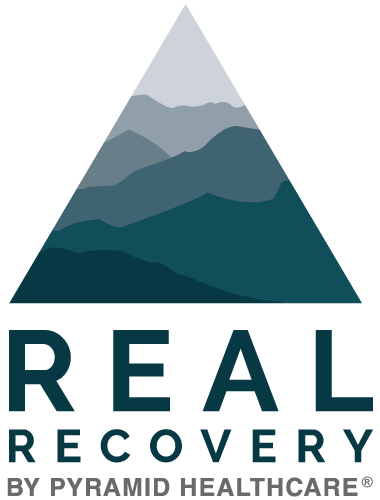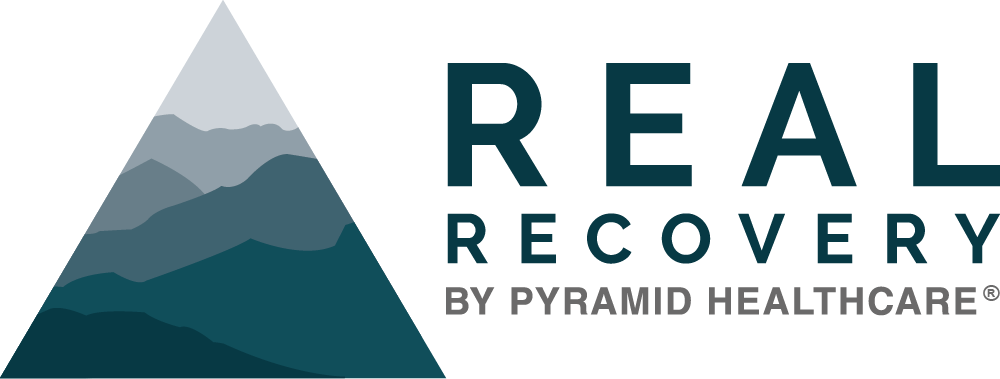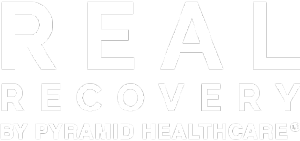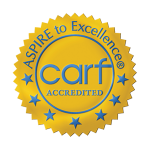The concept of the continuum of care is not at all new to the healthcare world, but it is a term many people are still unfamiliar with. If you’re one of those people, you’ve come to the right place.
There are different levels to receiving a continuum of care, and the ones you personally receive are going to be unique to your specific recovery journey.
In this article, we’re going to define a continuum of care for you, as well as break down all the different components so you can have a comprehensive understanding of the practice.
What is a continuum of care?
Continuum of care is when healthcare providers and clinical physicians follow along and assist you on your recovery journey—from initial care through rehabilitation, medical setbacks, post-rehab living adjustments and ongoing mental and physical health maintenance.
Think of a continuum of care as the beginning of a journey that begins when you first enter professional care, typically some form of rehabilitation, and continues through aftercare and beyond to ensure you have a successful recovery.
It’s a combination of professional care efforts that are designed for your specific journey and continues to change and adapt according to your ongoing progress, setbacks, and needs.
The purpose of the continuum of care is to ensure you are safe, that you have a successful recovery, and, if you’re recovering from an addiction or substance abuse, that you don’t relapse.
Different levels of the continuum of care
A truly effective and supportive continuum of care treatment plan will have the compassion, dedication and communication of a variety of teams. The more coordinated these teams are with their combined efforts, the more successful of a long-term recovery you’ll have.
These teams will vary for you personally, depending on if you’re receiving a continuum of care for mental health, substance abuse recovery, an addiction, an injury, or several of these simultaneously.
Typically, there are five unique levels to the continuum of care, each of which is unique to a specific intensity, and all of which can be reordered and adapted according to your specific needs.
Level 4: Medically managed intensive inpatient services
This level provides the highest level of care and is designed for people who require intense services and constant medical supervision, as they will live in a closely monitored live-in facility where they will receive multiple treatments every day.
After the patient no longer has immediate health or safety risks and has completed their treatments at this level, they will be ready for less intense inpatient services.
Level 3: Inpatient rehabilitation and/or residential treatment
People at this level still require close medical supervision, but they have been deemed no longer a danger to themselves or others; often, people are moved to this level when they need to be shielded from a certain home or social environment or are not yet able to care for themselves or others.
Level 2: Intensive outpatient services and/or partial hospitalization
This level provides people with intensive care while allowing them to remain semi-independent; at this stage, someone is now able to care for themselves but still needs ongoing guidance and support. So while they do receive treatment multiple days each week, they return to their own home at the end of each day.
Level 1: Outpatient treatment and services
This level allows people to receive a moderate amount of support while they go through part-time treatment; at this level, they receive a greater amount of peer and self-selected support in addition to professional medical counselors and clinicians. Some of the most popular services at this level include:
- Sober living homes
- Medication plans
- Support groups
- Individual therapy
- Creative therapy sessions (outdoor, art, equine, etc.)
Someone at this level is closing in on the end of treatments within their recovery journey, as they no longer need constant supervision.
Level 0.5/0: Early intervention and independent aftercare
Early intervention can be viewed as preventative care, as this level offers resources for individuals who have exhibited signs of potentially becoming addicted. This also provides services such as assessment of risks, education around substance or behavioral addiction and regular check-ins.
Finally, there is a sub-level below Level 0.5, and that is Level 0, which is where you are guided into your new, independent, sober lifestyle. This transition has challenges that are unique to each individual, so you might find yourself benefitting from weekly support group meetings or therapy sessions, or something else entirely.
Why is the continuum of care important?
Imagine if someone recovering from a heart attack was sent home without any aftercare instructions or follow-up medical visits; or if someone recovering from an alcohol addiction was sent home without any tools to fight tempting scenarios and stay sober. You might think it was a horribly flawed phase of recovery treatment, or that their medical supervisors didn’t care at all about their long-term recovery.
This is why a continuum of care exists; to provide ongoing support with both medical and professional services to ensure you fully recover and are given the proper tools to build your new life.
Reach out for additional support
Pyramid Healthcare and its family of connected brands all offer different options for the continuum of care to their patients. Depending on your unique situation and your goals in recovery, our staff will work closely with you to find the type of continuum care that will best serve you.
Send us a message or give us a call today at 855-363-7325 to find a plan that works for you.





